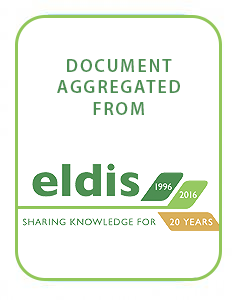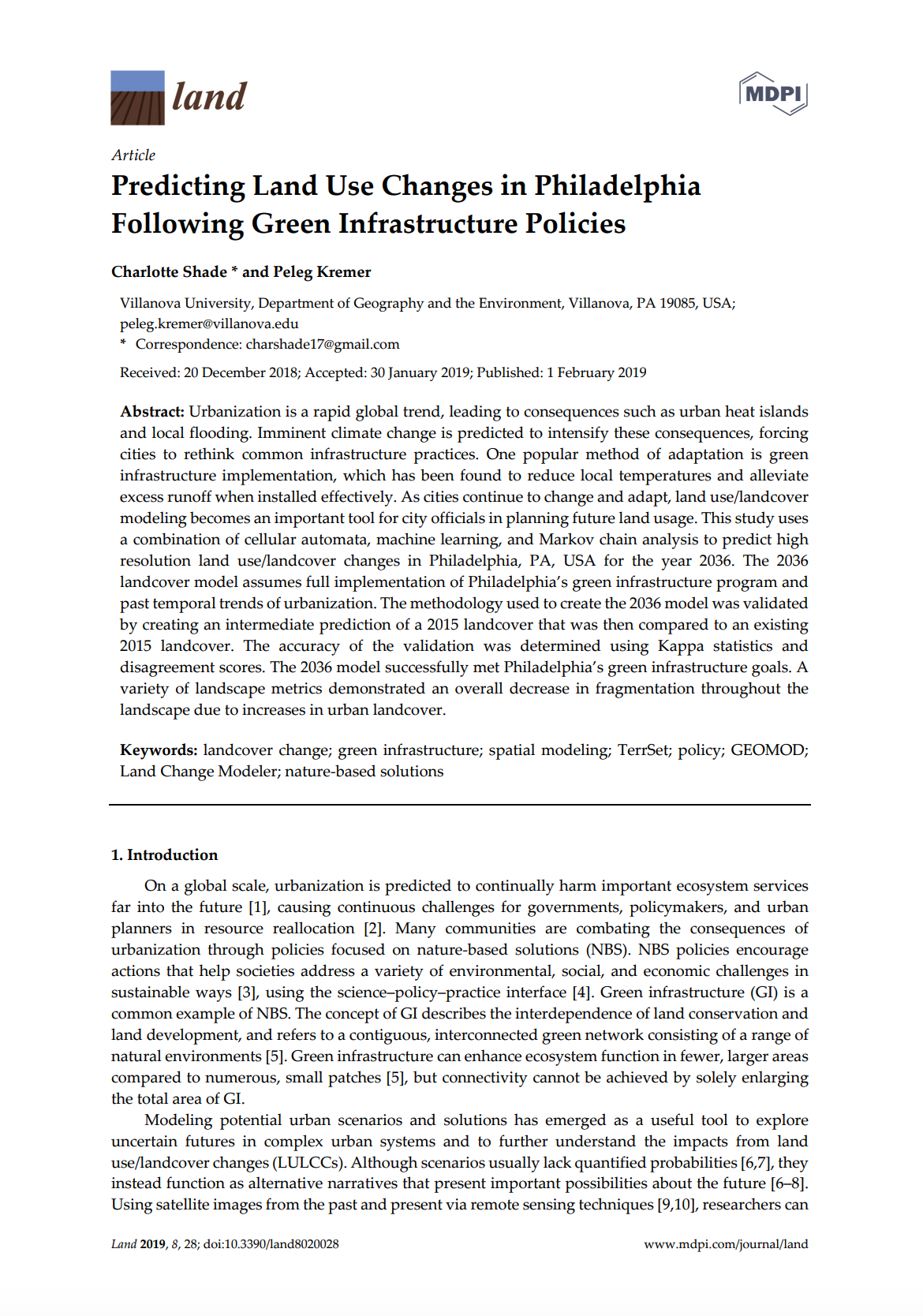Il crowdfunding finalizzato al co-finanziamento di progetti di valorizzazione di complessi di elevato valore storico architettonico: il caso di “Torino Esposizioni”
L’articolo affronta il tema del finanziamento degli interventi di restauro e riuso delle grandi architetture del ‘900, in un momento storico in cui le risorse finanziarie pubbliche sono sempre più scarse e difficili da reperire. La ricerca affronta la possibilità di ricorrere al crowdfunding attraverso il caso studio del progetto di “Torino Esposizioni”, un’architettura del ‘900, parzialmente utilizzata, in stato di degrado, nonostante sia riconosciuta dalla critica internazionale come un’opera di eccezionale valore.





